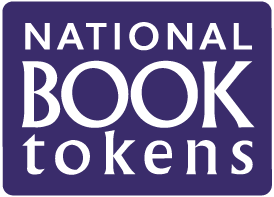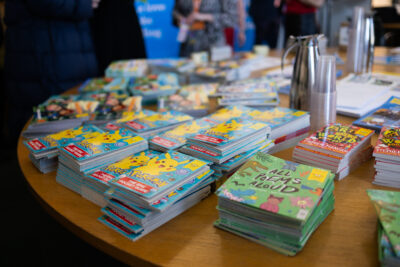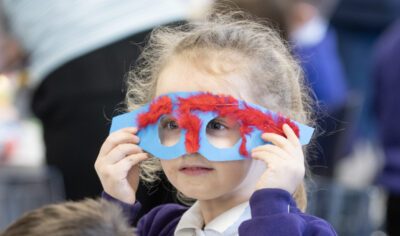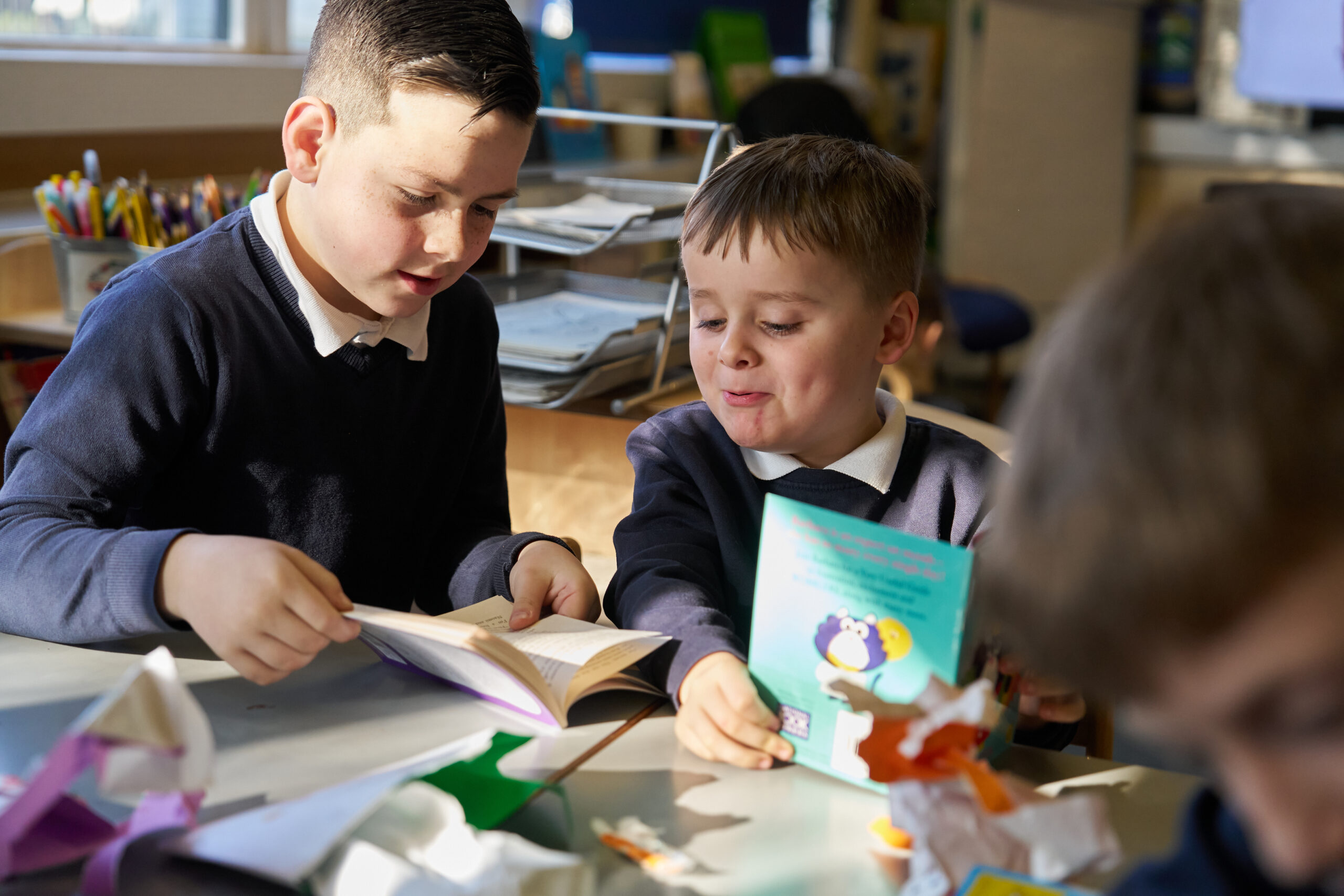A children’s book club is a simple way to help pupils enjoy reading with others. It creates space for talk, questions, and personal responses, and it encourages children to link stories with their own lives.
Why it works
A book club feels social and relaxed, so children often take more risks with their ideas. It also helps them discover new books and build confidence as readers. Regular meetings support reading for fun and help keep reading part of everyday life.
Resources you can use
There are many simple ways to support your children’s book club, even if you are starting from scratch. You can use:
- Short extracts from books you already have
- Audiobooks or read aloud sessions
- Reviews or recommendations from pupils
- Newspapers, magazines, or online reading
- Displays of books linked by theme, author, or genre
These resources help focus discussion and give every child a way into the story.
Get started
Begin by creating a space that feels different from a lesson. You might add cushions, snacks, or meet outdoors. Then, plan how your group will read. Children can follow extracts, read aloud together, or listen to audio.
Read the book in advance so you know the themes and tone. Share your own reactions to model informal talk. Invite children to lead the discussion and ask open questions that spark ideas rather than test recall. As the conversation grows, link the story to children’s lives, interests, and other books they know.
Record your reading
Some groups enjoy keeping a record of their sessions. You could:
- Create a shared journal with ideas and favourite lines
- Invite pupils to draw scenes or characters
- Support children who want to keep their own reading notebook
These records help children reflect on their reading journey over time.
Explore more
You can find further guidance here:
- Research Rich Pedagogies: Book Talk
- CLPE Building Appreciation for Children’s Literature through Book Clubs
- Tell Me: Children, Reading and Talk by Aidan Chambers




